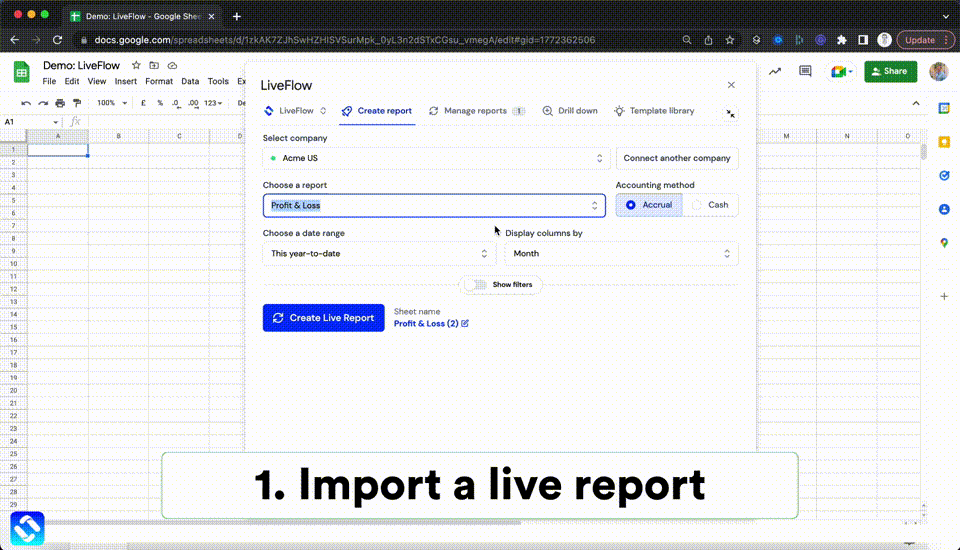Writing a business report can seem a daunting task, particularly if it is intended for senior executives, board members, or your C-Suite. In this piece we’ll run through some simple pointers for how to construct and structure the perfect, insightful, business report.
What is Business Report (with Example)?
Business reports are snapshots of a company’s state of play in factual terms including (but not limited to) revenue, production, customers, and investment. The term has been defined by Lesikar and Pettit, authors of Report Writing for Business (McGraw-Hill, 1998), as “an orderly, objective communication of factual information that serves some business purpose.”
This definition is wide-ranging enough to cover a range of possible uses for such a report. What’s essential is that the information contained therein be factual, clear, and well-structured. It should contain data rather than speculation, factual information rather than assumptions, and clear insights, rather than excessive verbiage.
Below is an example of some pages from a business report incorporating financial data generated using the Liveflow platform:

How do you write a business report?
This has changed significantly since the advent of data analytic platforms. Now that all businesses have vast repositories of customer metrics and sales data at their fingertips, platforms such as ours exist to marshal that data into insightful visualizations and clear written messaging.
It is no longer the case that writers from different departments need be engaged to work together to complete lengthy, text-driven documents with bullet points and a traditional executive summary, chapter, and conclusion structure. With today’s 21st century data retrieval and analysis technology, it becomes possible to generate bespoke reports, in any preferred format, within a matter of hours, rather than days or weeks.
This means that business reports can be issued at regular intervals and filled with visualizations and graphs which grant them impact and immediacy. Producing such a report then becomes a matter of following a few straightforward steps:
1. Decide for whom the report is intended – C-suite, investors, the company at large? This will determine the structure, complexity, and content.
2. Decide the scope of the report – should it cover the work of ALL departments, be investment focused, or sales performance led?
3. Determine what the purpose of the report is – what do you hope to achieve by publishing it?
4. Divide the topics to be covered into a systematic structure and identify the data sources which will be required.
5. Create written content and slot-in visualizations where they are most helpful and impactful. Always begin with an executive summary and end with conclusions and recommendations. References and appendices offering supplementary information can be included at the end of the document.
6. Double-check the report with key stakeholders before it is edited, proof-read, and circulated. It is essential that the English used within the report is formal without being overly complex or wordy.
What is an example of a formal business report?
Below are some links to well-designed business report examples. This will give you a notion of how varied such reports can be.
Example Business Report for Students: This report is somewhat old-fashioned in that it prioritises written informational content over visuals, but it does contain a few charts and tables populated with data. It is a business overview report for a recent start-up, outlining in well-defined chapters the staffing structure, products, materials, market, distribution channel and other features of the company.
Indeed Sample Business Report: By contrast with the first example, this short report has a very finite and targeted purpose, to conduct an investigation into staff turnover. It begins by giving an overview of the company and outlining the problem under investigation. It then delivers its findings, a conclusion and action plan.
What this report has in common with the first sample is that is provides a systematic, high-level overview, and does so in clear yet formal language. It can be read in a matter of minutes.
The third and final example is a white paper styled business report. This is presented like an academic paper, with all the detailed content and formality you might expect. It begins with a table of contents and an abstract (summarizing what the paper is about).
Section one gives a review of relevant literature and sets out the methodology; section two describes the results. This report includes a host of tables, graphs, and other forms of visualization to help present its findings in an immediate manner.
What is the general format of a business report?
From these business report examples, widely different though they may be, we can discern some typical elements of business report formatting, including:
- A table of contents
- An abstract or executive summary
- A statement regarding methodology and data sources
- A systematic presentation of the relevant information or findings.
- Visualizations used to make data easier to interpret.
- A conclusion, or summary.
- Some recommendations, where relevant (such as in any report outlining an investigation into a problem).
- Appendices and data tables at the end.
To find out more about how financial data visualization can add value to your business reports, why not check out our templates?
If you’d like to book a demo of our intuitive, data visualization platform, click here to book.



.png)










